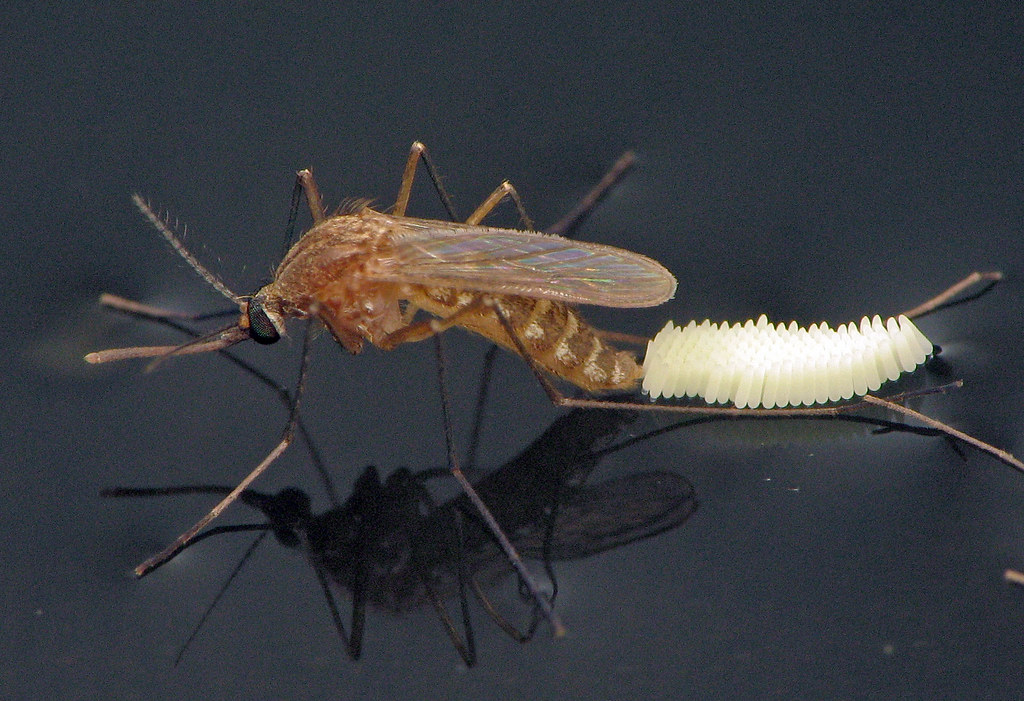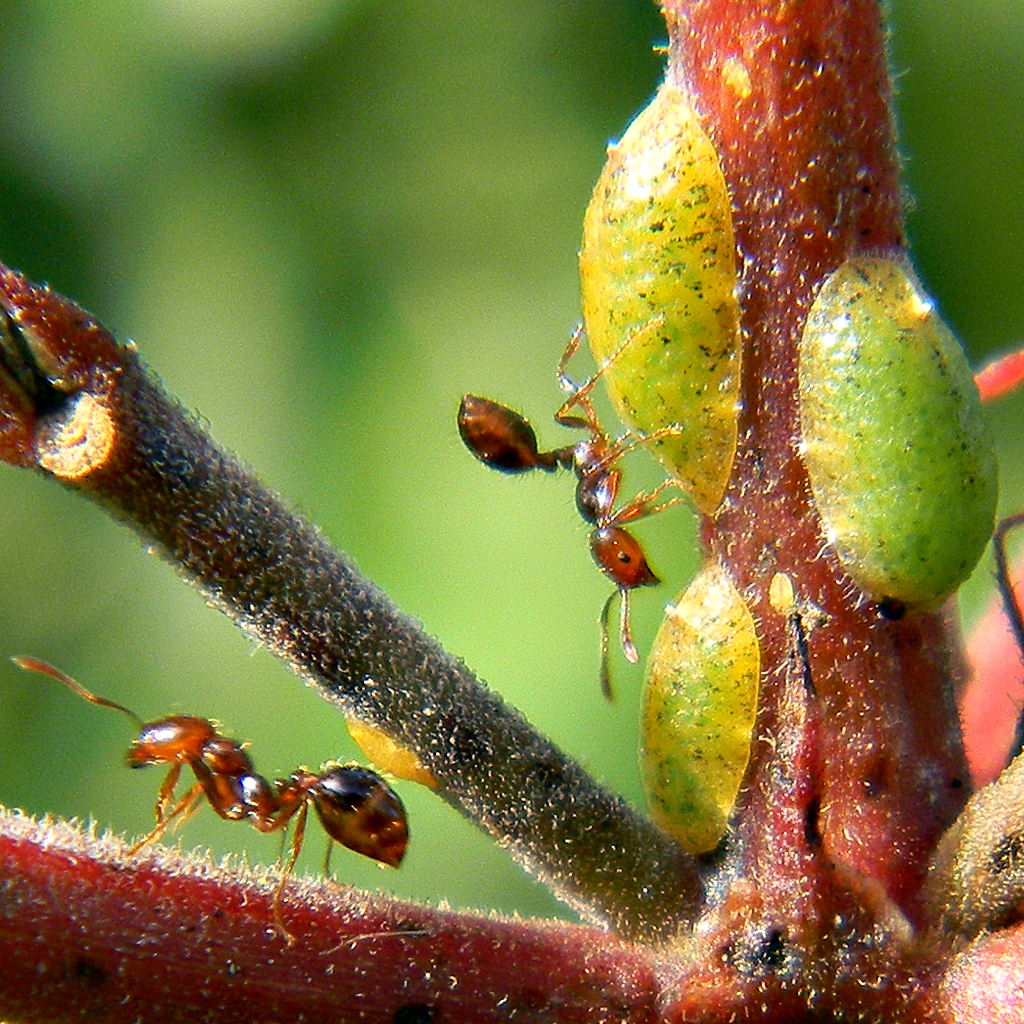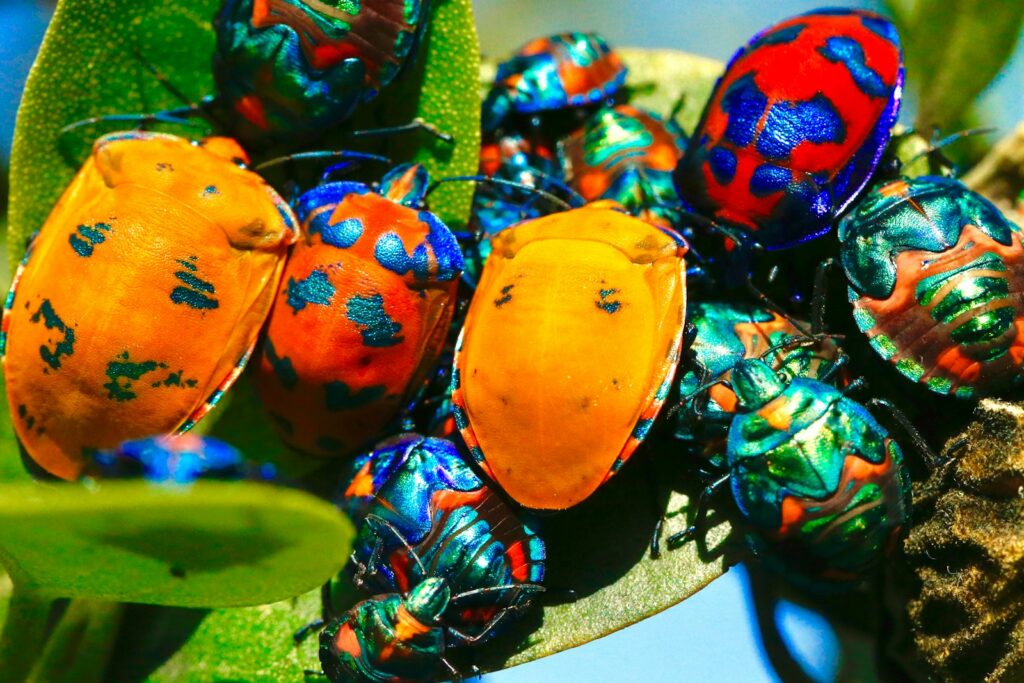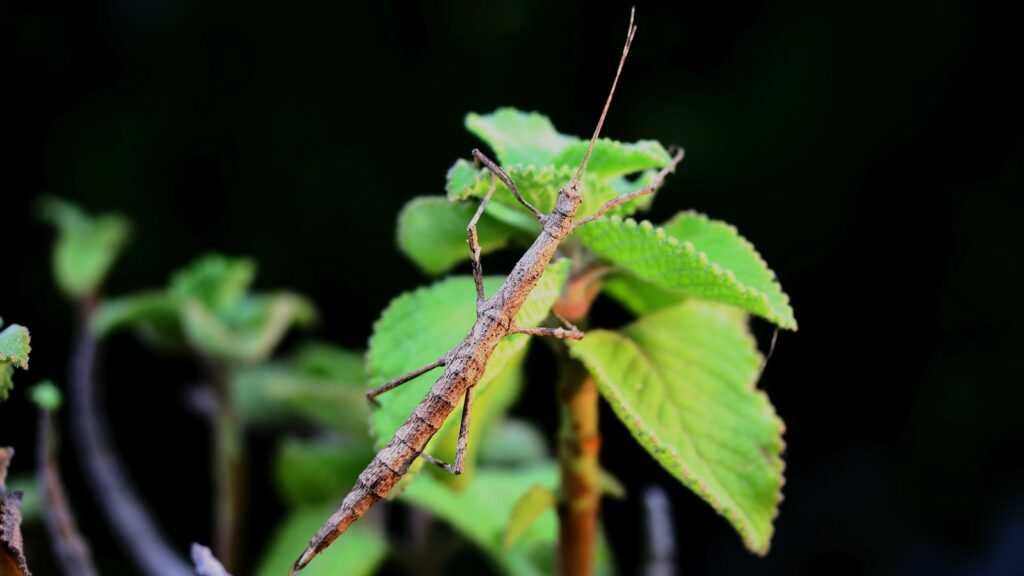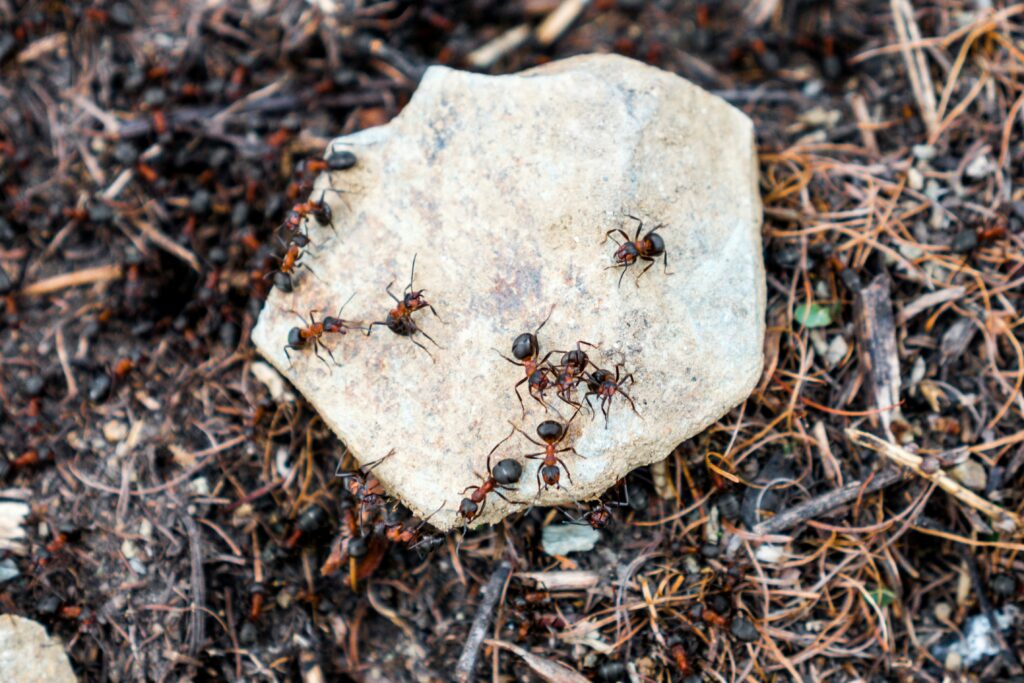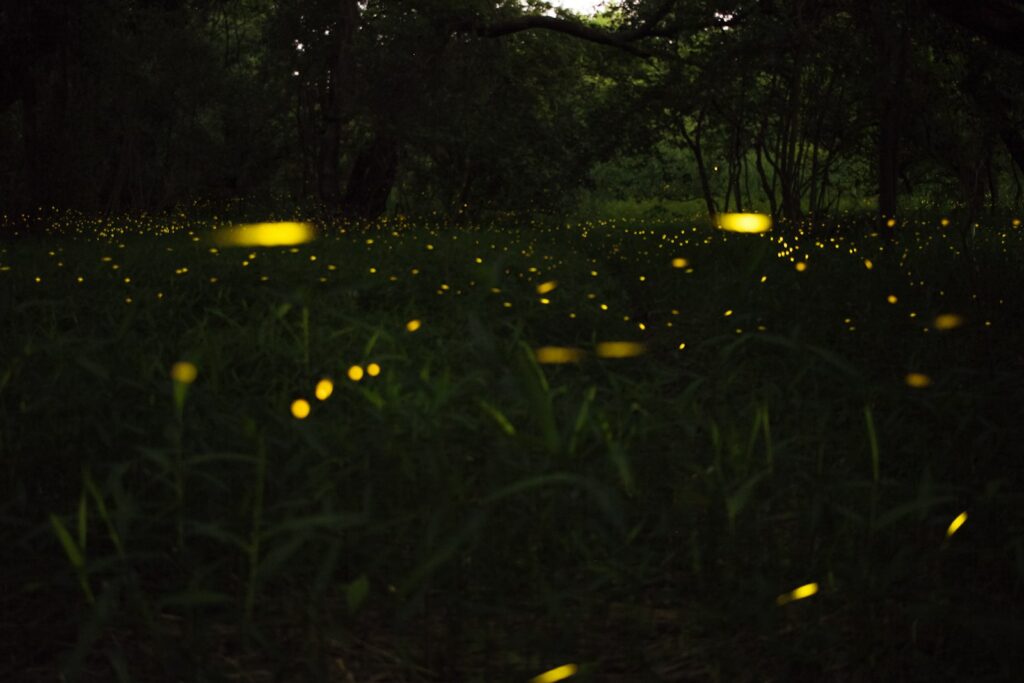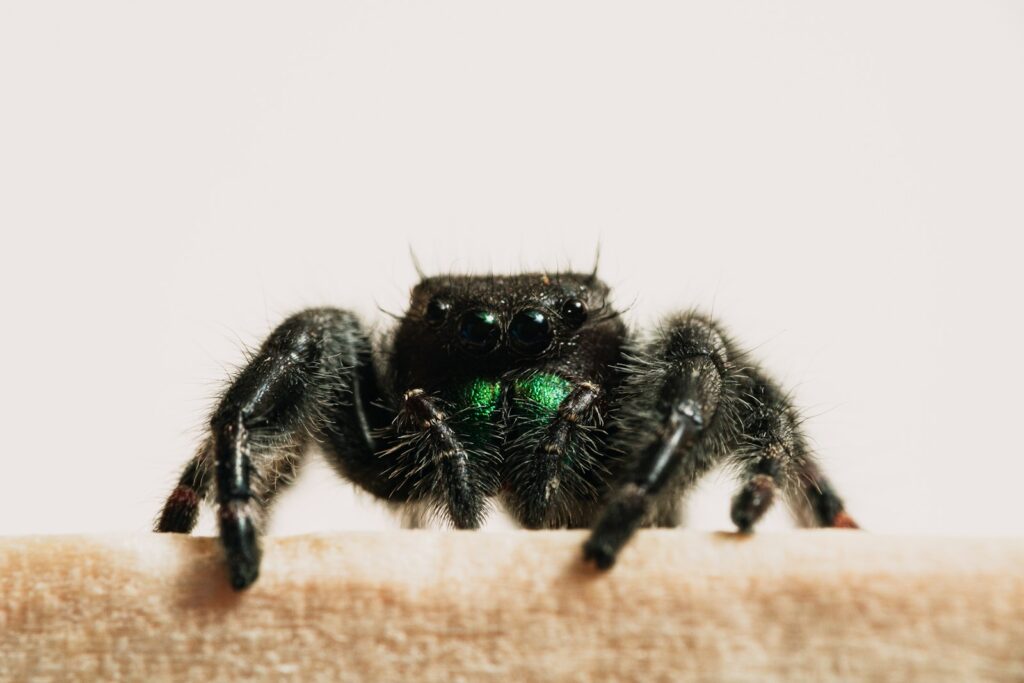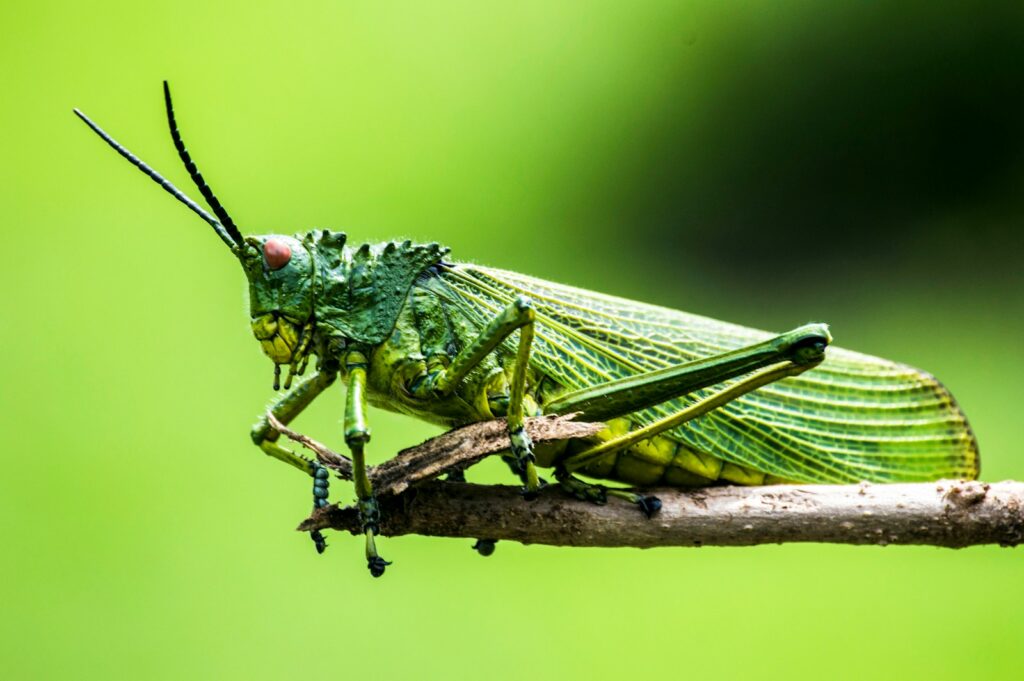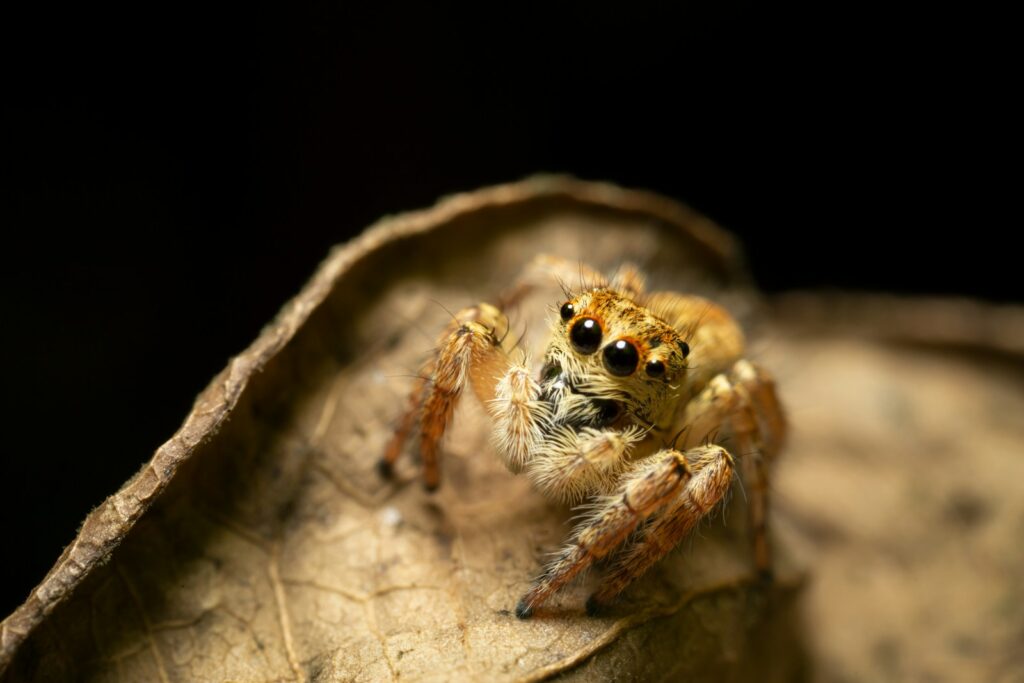The Most Unusual Egg-Laying Process of Any Bug
In the diverse and fascinating world of insects, reproduction methods vary tremendously across species. While many familiar insects like butterflies and ants have relatively straightforward egg-laying processes, others have evolved truly extraordinary reproductive strategies that defy expectations. From eggs that can survive extreme conditions to parasitic reproduction and bizarre parental care behaviors, the world of ...

